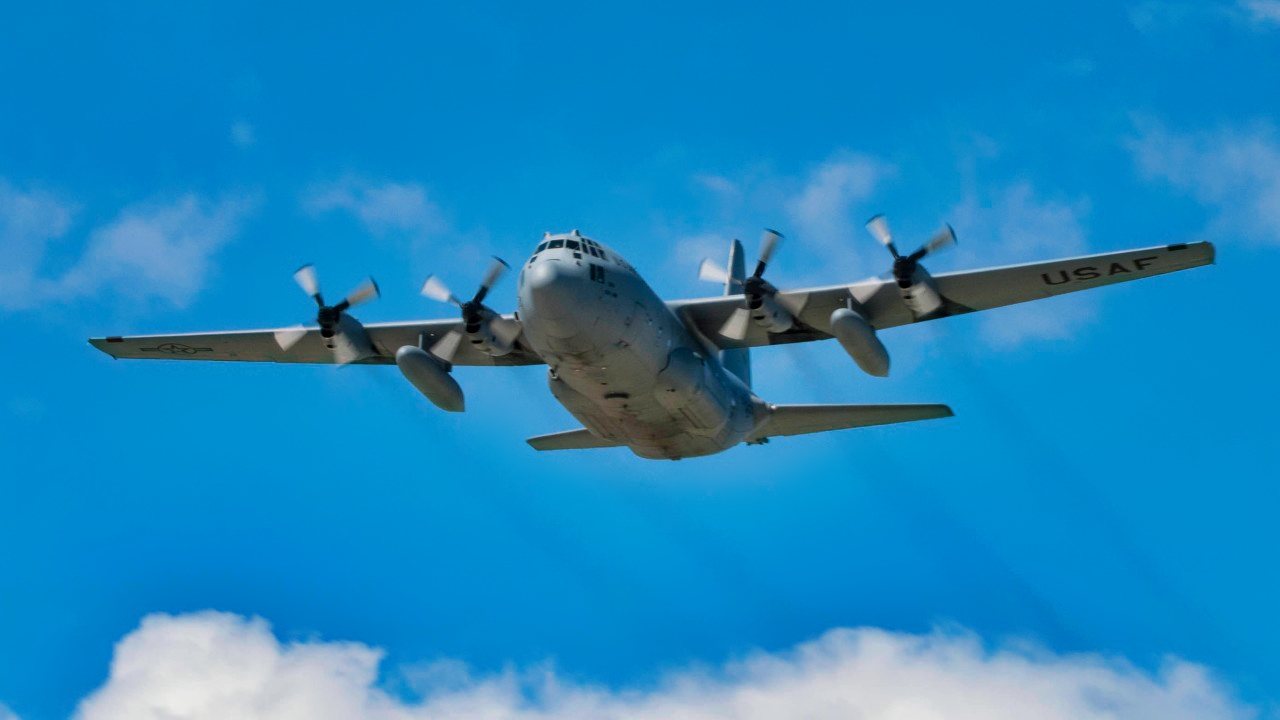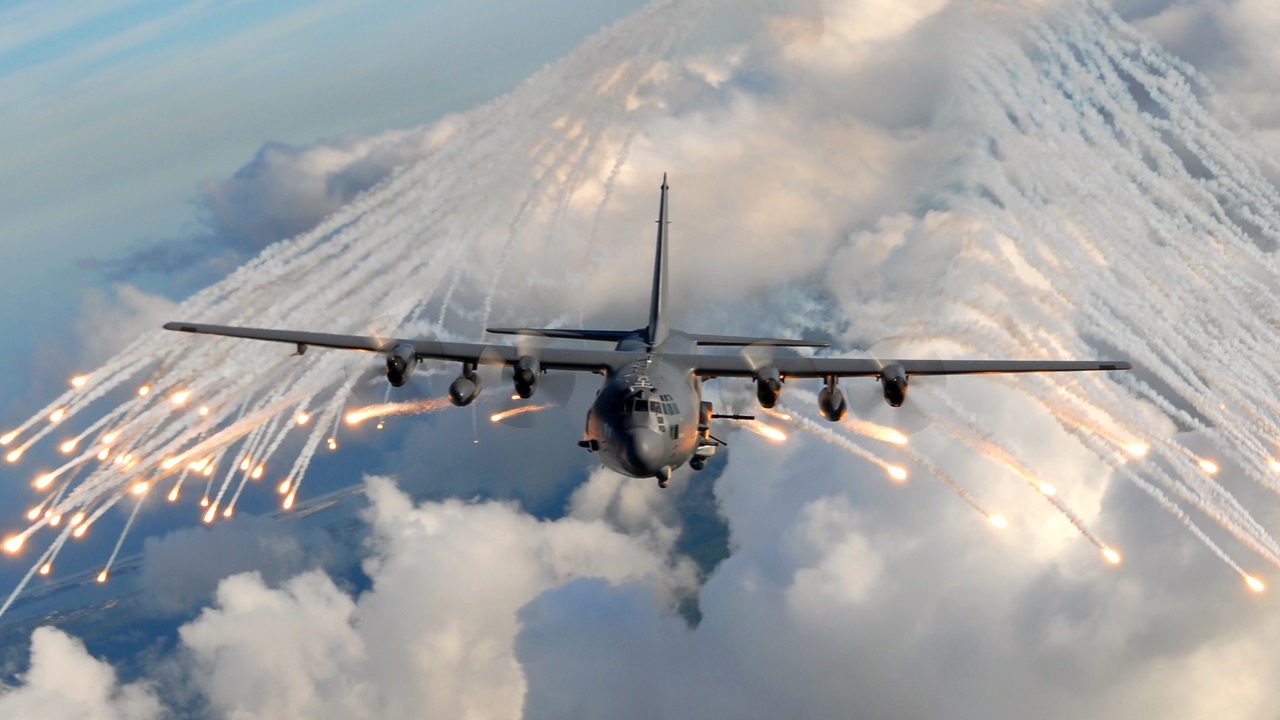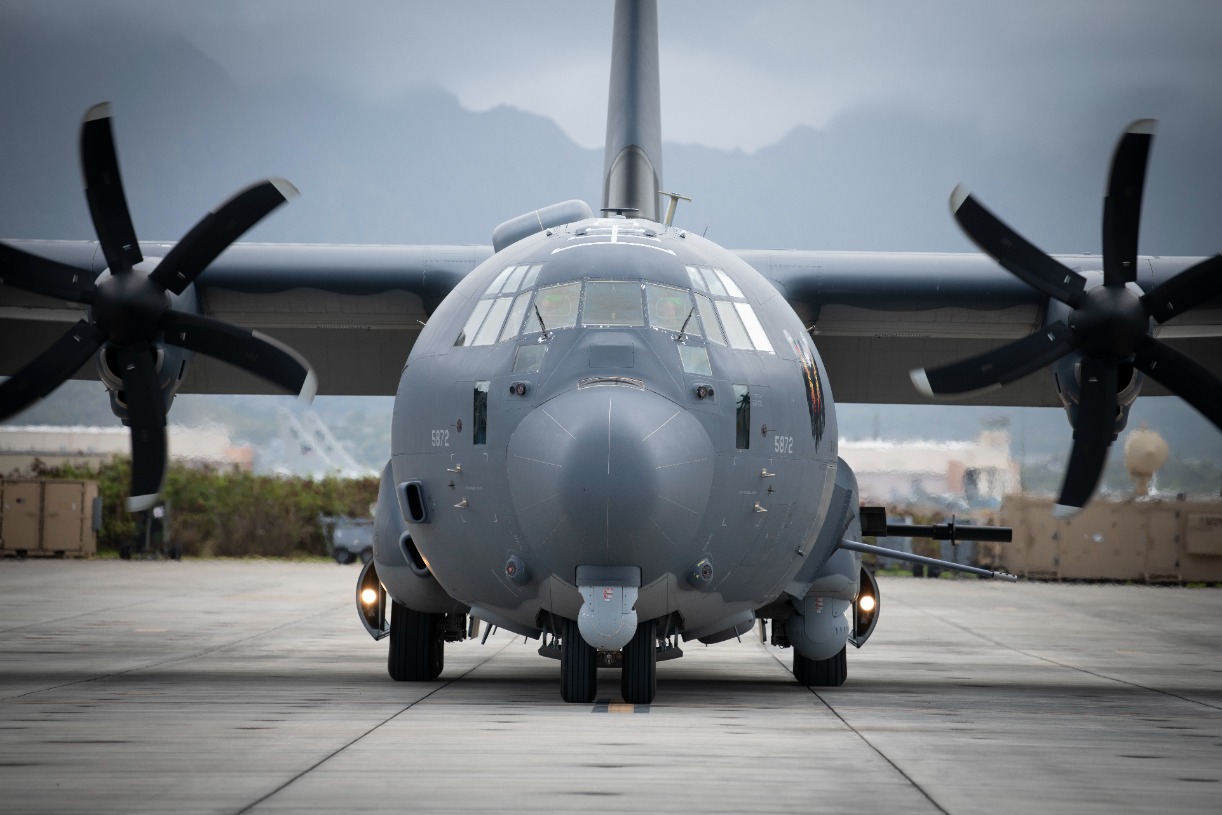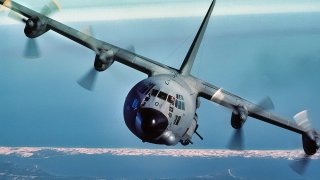AC-130 Ghostrider: Why the Air Force Won’t Scrap Its Iconic 105mm Cannon
Despite ongoing discussions about its relevance in modern warfare, the U.S. Air Force has decided to retain the AC-130 gunship’s iconic 105mm howitzer.
Summary and Key Points: The U.S. Air Force has decided to retain the AC-130 gunship’s iconic 105mm howitzer, despite ongoing discussions about its relevance in modern warfare.

-The heavily armed gunship, which has been essential in providing close air support since the Vietnam War, is deemed vulnerable in contested airspace.
-However, its unmatched ground attack capabilities in permissive environments, like those in the Middle East, ensure its continued service.
-Future upgrades may include long-range munitions to keep the AC-130 effective in near-peer conflicts, but for now, the 105mm cannon remains a critical part of the platform’s arsenal. The Ghostrider version is expected to serve for decades to come.
The U.S. Air Force’s AC-130 gunship will keep its trademark 105 mm gun for the time being.
A unique aircraft in many ways, the AC-130 is essentially a big gun platform that loiters over the battlefield, destroying anything that moves on the ground. Its weaponry includes a 105 mm howitzer, a 30 mm automatic cannon, AGM-114 Hellfire air-to-ground missiles, GBU-39/53 small diameter bombs, and AGM-176 Griffin precision-guided glide bombs, among other munitions.
An ongoing debate about the role and relevance of the aircraft has opened the option of removing the gunship’s 105 mm howitzer. But that won’t happen anytime soon.
The Gunship Keeps Its Gun
Active since the Vietnam War, the AC-130 gunship is one of the most valuable ground support platforms in the Air Force’s inventory. But there are some downsides to the AC-130.
Although the gunship packs defensive countermeasures, it lacks the capabilities and flexibility to operate in a contested battlespace. But in an environment of air superiority like the one U.S. troops operated in for almost 20 years in the Middle East, the AC-130 gunship is simply deadly and can destroy anything that moves on the ground, providing important close air support to ground troops.
During a time of modernization and change, the Air Force has been considering the role of the AC-130 in a potential near-peer conflict with China or Russia. While it is deadly as almost no other aircraft against ground targets, the AC-130 would be extremely vulnerable to near-peer threats.

“In a scenario where you’re not able to just have free rein and fly over a friendly location for three hours, how do we beat our adversaries at that game?” an Air Force official had said last year. “If they take away our ability to loiter for extended periods of time, what’s our counter-punch?”
To counter that shortcoming, the Air Force has been thinking of ways to make the gunship more relevant to a near-peer threat environment. One solution is to pack the aircraft with munitions that can be fired from very long ranges. That way, the AC-130 would stay outside of enemy air defenses but still be able to contribute in a fight. To make this happen, the Air Force has considered taking out the gunship’s trademark 105 mm gun.
In a recent media roundtable, Air Force Lt. Gen. Michael Conley, the head of the Air Force Special Operations Command (AFSOC) under which the AC-130 operates, said that for the time being, the Air Force has shelved the proposal.

“The 105 [cannon] will continue to be relevant. The plan is to keep using that in the years to come,” AFSOC’s chief said.
The latest version of the AC-130 is the “Ghostrider” with the “J” designation. The aircraft debuted in 2019 and is expected to serve for decades to come.
About the Author:
Stavros Atlamazoglou is a seasoned defense journalist specializing in special operations and a Hellenic Army veteran (national service with the 575th Marine Battalion and Army HQ). He holds a BA from the Johns Hopkins University and an MA from the Johns Hopkins’ School of Advanced International Studies (SAIS). His work has been featured in Business Insider, Sandboxx, and SOFREP.
Image Credit: Creative Commons.


